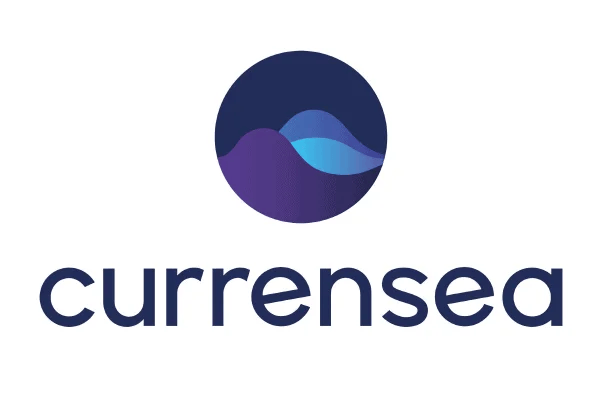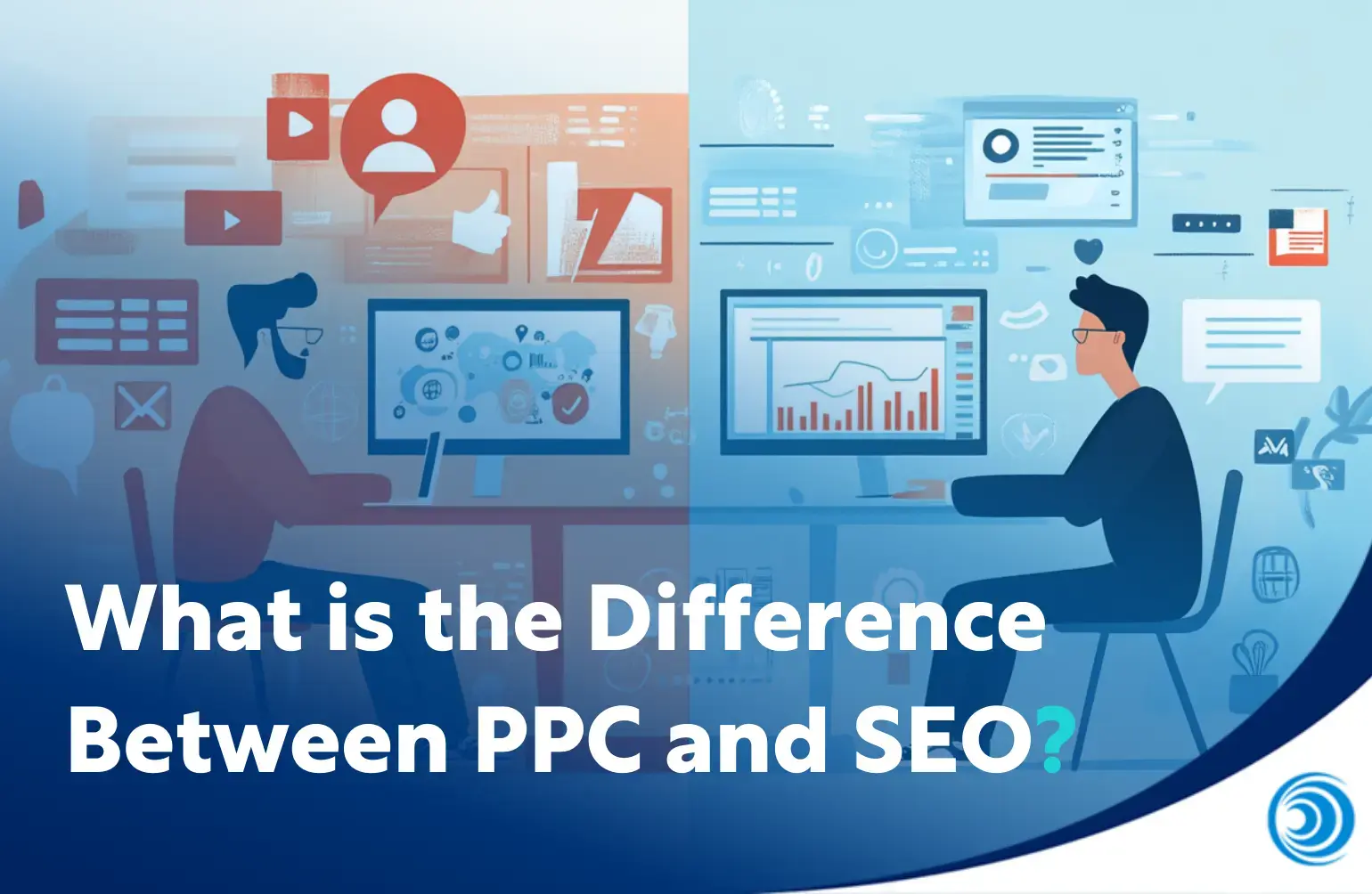
How to Choose a Fintech Brand Name
Your branding, which includes your logo design, colour palette and fonts, can be changed as your business and proposition evolves. But your name is likely to stay with you for years.
It has a huge impact on your brand identity and how you are perceived, so you better make a good choice. But how do you choose a name for your fintech?
As you'd expect, there are no hard and fast rules. But as a fintech marketing agency, we can see trends that you might want to either follow or go against the grain of.
Principles for fintech brand names
1. Keep it simple
In the 1960s, Scottish fur trapper Duncan Pride was tasked with setting up a station in arctic Canada:
This first task the Company had given me was to find a new name for the settlement. It had originally been built at the mouth of the Perry River and naturally it had taken its name from the river.
But the Perry River is muddy and it was difficult to get fresh water there, so Neil moved the settlement to a little island which had no English name. But the supply planes often had a hard time finding the post; the pilot would look for it at the mouth of the river, where it had been, and where its name suggested it would be, when it was actually eight miles west.
The Eskimo name for it was Innaksarvik, but the Company thought that too awkward, so I suggested we just change it to Perry Island. That was what we did.
This story highlights several important principles for fintech company names (and all company names!):
-
Keep it simple
-
Make it easy to pronounce
-
Make it easy to remember
Like artic pilots struggling to find a remote location, your potential customers need a clear and easy to remember (and pronounce) fintech name.
A simple name for your fintech even indirectly gives benefits for your fintech company's SEO potential.
Think about it: someone trying to find you online will soon give up if they can't directly recall or approximately spell your name.
2. Keep it distinct
Unique fintech company names give a huge competitive advantage. To continue the pilot analogy above - if there were multiple islands with similar sounding names, there would be more confusion.
Fintech brand names should especially be unique relative to other fintechs in the same category. Otherwise, you risk being misremembered as your competition.
This could mean that potential customers see your marketing and then later on search associate it with - and convert with - another company.
A creative name can also help greatly with writing fintech copy. The more generic a name is, the harder it will be to associate your
4 Basic steps for naming your fintech
Of course, a good fintech brand name should be distinct, memorable, and easy to pronounce.
But how do you create the best name for your start up?
Step 1: Wearing your purpose on your sleeve
When creating a fintech brand name, don't try to include a full descriptor of your service in your name. Consider what your business is about rather than what it explicitly does
When looking for marketing inspiration and conjuring your fintech brand name, consider things that are important to your business, colleagues and of course, customers.
You can see how Trust Payments came up with their name. It sends a clear message that connects with their customer needs and gives the team a sense of their collective values.
This can help a lot with your demand generation strategies for fintech - the best fintech company names should help make a good impression whilst not distracting from other marketing.
Think about the higher purpose of your fintech and how you will be doing things differently.
Take Currensea for example. Currensea is a low-fee direct debit travel card that has the distinction of connecting to consumers' bank accounts rather than a pre-paid card.
The name is a play on the word currency, attaching it more closely with travel by switching the last syllable to ‘sea'.
This has become more relevant to their brand story as the company has expanded its environmental responsibility credentials from planting trees with fee savings to removing waste plastics from the world's oceans. (Read more about green marketing strategies here.)

Step 2: Evaluate your competitors
Competitor research is key when concocting your fintech brand name.
If you are looking to disrupt the market with a truly new way of doing things, you need to look the part with a name to match.
For example, your competition may come from legacy players with long names that literally describe their service. These names are turned into soul-less acronyms so a ‘purpose'-driven name will stand out.
From a psychological point of view, your market will assume that if you look different, you will also be doing things differently too.
Back in the day when the first challenger banks were mulling over ideas for how to name their start-ups, there were two distinct naming strategies.
Monzo: fintech company name ideas from customers
When Monzo entered the market, they were called Mondo. Following a legal challenge, they took the decision to re-brand and went to the public for naming suggestions.
After receiving 12,000 suggestions, they settled on Monzo. But the rationale for the decision and the intended meaning of the word was unclear.
It is likely that it simply provided closest continuity from their previous name without having a specific meaning, leaving customers free to attach their own associations to it.
Revolut: Changing the fintech business
Revolut is more straightforward. Again, a single word with a close association with revolution. This aligns with their own positioning as a challenger that brings disruption to the banking space.
Though it's important to note they were not officially banks and their offerings were based on prepaid cards.
Starling: A fintech company name based on trust
Then there is Starling Bank. Julian Sawyer, co-founder of Starling Bank, once explained to Blue Train that they had briefly toyed with the idea of just naming their venture 'Starling'. This was because they the reputation of traditional banks was in a bad way at the time.
But they chose to include the word 'bank' as they felt it would help build consumer trust in the long-term. And they were, of course, legitimately able to do so.
Step 3: Brainstorm business name ideas
Once you have gathered your thoughts on the purpose of your business and conducted your market research, it's time to assemble your team and get brainstorming.
It should involve all your senior stakeholders including your Head of Sales.
Use your findings to kickstart the session. Ask questions to reveal what you may have missed.
Play on words
Portmanteaus are a creative way to build your brand name. Word association is a great place to start.
Using the associated words that you've already thought of, try putting two together! Facebook (now Meta), is a perfect example of portmanteaus in brand names.
But don't overthink it. Steer clear of conversations that involve splicing several words together.
While they may be a shorthand for what you do, it will probably end up as something only your team understands and is completely unpronounceable for your customers.
Business names should be simple
Incorporating your service into your brand is a good place to start. But don't try to shoe-horn too much description into it. Instead, see if you can add an element of emotion to it that people can connect with.
PayPal is a good example of a fintech brand name that incorporates both a portmanteau as well as their services with a touch of emotion.
The addition of the ‘pal' element implies a friendly approach and trustworthy service and user experience.
Cool fintech trends can fade fast...
And then of course there is the tried and tested fintech idea of taking a word related to what you do and removing a few letters, usually the vowels.
This really is an overused technique that has hopefully burnt itself out by now.
Standard Life Aberdeen faced mockery on social media after changing its name to ‘ABRDN' earlier this year as an ill-advised attempt to jump on the fintech bandwagon.
It was the fintech branding equivalent to ‘Dad dancing'.
Weavr just about got away with it as they took care to choose a word that relates to their purpose; to ‘embed banking and payments into your product in days.'
The image of someone weaving code into their products has an artisan feel to it and warm emotional connotations.
Step 4: Test the Waters
Once you've created your brand name, or narrowed it down to a few options, it's time to test, test, test!
See what brand name works best for you by doing some A/B testing. Here's where your professional network can help.
But don't explain what you are trying to convey in your name, let your network tell you what they see.
One step in the testing phased that can completely change your fintech naming approach is checking URL and social media handle availability
Prepare to see your best ideas already taken and be ready to adapt your thinking fast.
Find a creative fintech company for marketing
It can be difficult to manage the everyday side of your fintech business alongside its marketing.
Outsourcing or partnering with a third-party fintech marketing specialist could help. Not only could it be the catalyst for a new fintech company name, but also for helping you reach your target audience in other ways, too.
It can be hard to get the senior team all round a table at the best of times and steering them through a creative discussion may well be difficult.
Bringing in a specialist fintech content marketing agency with a tried and tested process for fintech branding can help – so get in touch and let's talk.
Conclusion
A good name is a powerful marketing tool for a fintech company and a critical decision that can have a significant impact on its brand identity and perception.
While there are no strict rules for choosing a name, there are several principles and trends to consider. The name should be simple, easy to pronounce, and easy to remember, and it should stand out from the competition.
When creating a fintech brand name, the purpose of the business should be kept in mind, rather than describing the service explicitly.
Competitor research is also essential to come up with a unique name. Brainstorming with the senior stakeholders and incorporating emotion into the name can also help.
Once a name is decided, testing it and ensuring that the URL and social media handles are available is crucial.
Outsourcing to a fintech marketing specialist can be beneficial in choosing a name and reaching the target audience.
Ultimately, a good name can serve as a powerful marketing tool for a fintech company.



